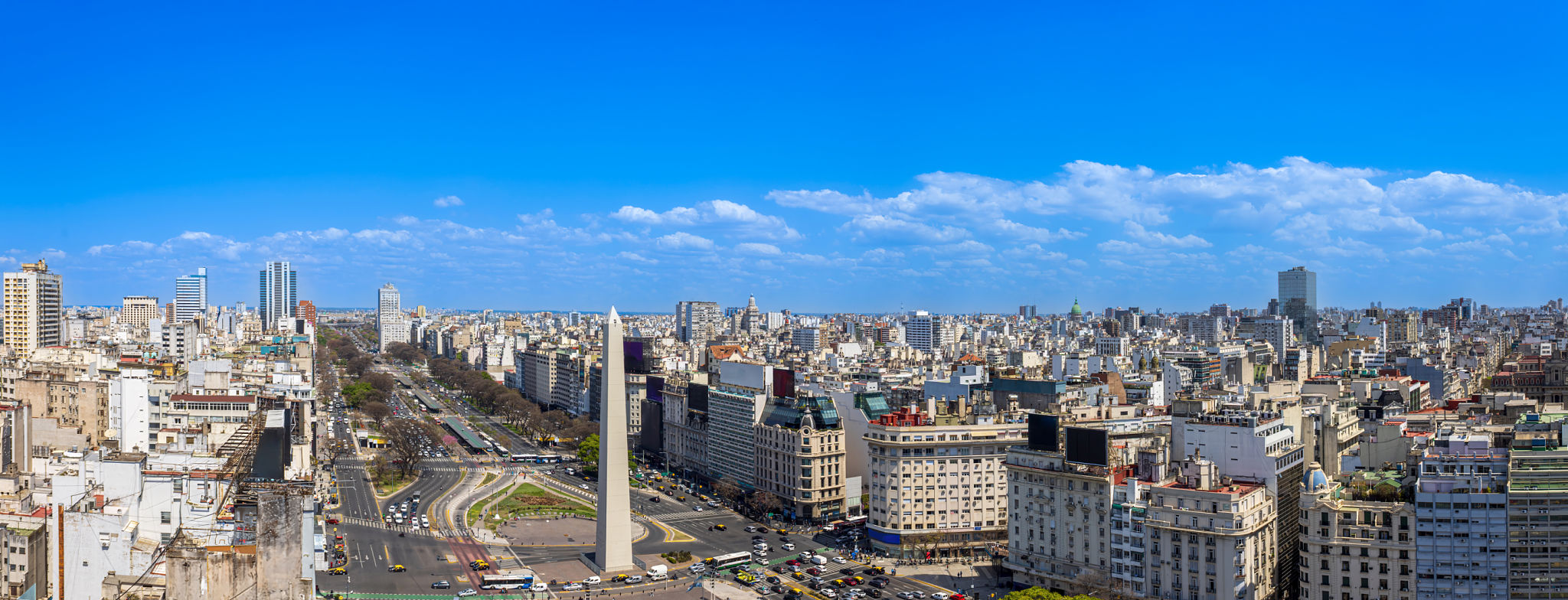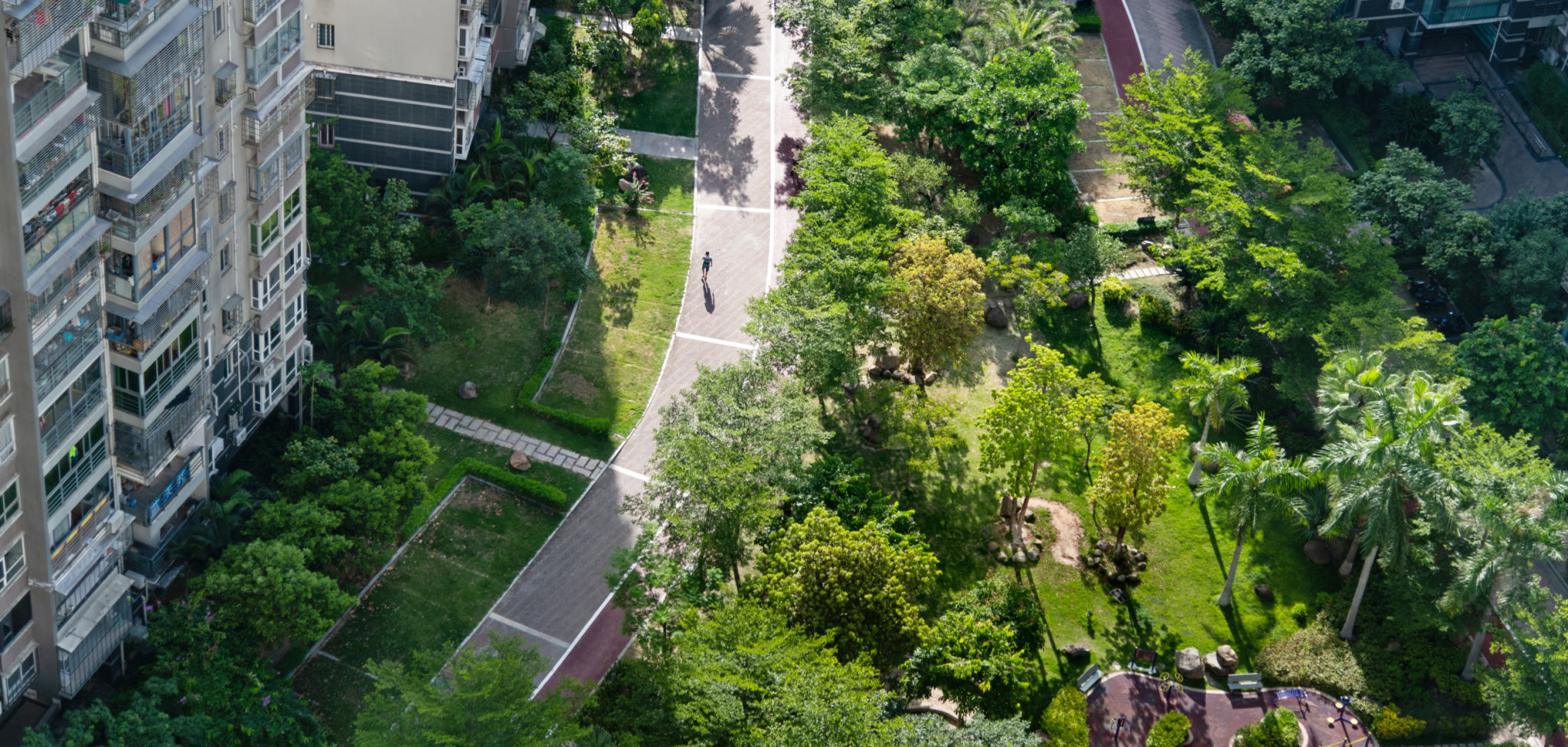Exploring Sustainable Architecture Trends in Argentina
Introduction to Sustainable Architecture in Argentina
In recent years, Argentina has emerged as a leader in the field of sustainable architecture. As global awareness of climate change and environmental conservation grows, architects and builders in Argentina are embracing innovative techniques to create environmentally friendly and energy-efficient structures. This shift not only helps in reducing carbon footprints but also enhances the quality of life for inhabitants.

Green Building Materials
One of the key trends in sustainable architecture in Argentina is the use of green building materials. Architects are increasingly opting for locally sourced and eco-friendly materials that minimize environmental impact. These include bamboo, recycled steel, and reclaimed wood, all of which contribute to reducing waste and conserving natural resources.
Additionally, the use of natural insulation materials such as straw bales and sheep wool is gaining popularity. These materials not only provide excellent thermal insulation but also reduce the need for artificial heating and cooling systems, thus lowering energy consumption.
Innovative Designs for Energy Efficiency
Energy efficiency is at the core of sustainable architecture. In Argentina, architects are designing buildings that maximize natural light and ventilation. This involves strategic placement of windows and open spaces to ensure that buildings remain cool in the summer and warm in the winter.

Moreover, solar panels are becoming a common feature in new constructions, allowing buildings to harness renewable energy from the sun. Combined with smart home technologies that optimize energy use, these innovations play a crucial role in reducing overall energy consumption.
Urban Green Spaces
Another significant trend is the incorporation of urban green spaces. In cities like Buenos Aires, architects are integrating green roofs and vertical gardens into their designs. These features not only enhance the aesthetic appeal of urban landscapes but also improve air quality and promote biodiversity by providing habitats for various species.
Urban green spaces also offer social benefits by creating areas for recreation and community gatherings. They contribute to the well-being of city dwellers by providing a respite from the hustle and bustle of urban life.

Retrofitting Existing Structures
While new constructions are important, retrofitting existing structures is equally crucial in achieving sustainability goals. In Argentina, there is a growing trend of transforming old buildings into energy-efficient spaces without compromising their historical value. This involves upgrading insulation, installing energy-efficient windows, and incorporating renewable energy systems.
Retrofitting not only preserves cultural heritage but also extends the lifespan of buildings, reducing the need for new materials and construction activities.
Community Involvement and Education
Sustainability is a collective effort, and community involvement is vital in promoting sustainable architecture. In Argentina, initiatives are being undertaken to educate the public about the benefits of sustainable living. Workshops, seminars, and collaborations with universities are fostering a culture of sustainability among both professionals and residents.

By engaging communities in sustainable practices, Argentina is paving the way for a more environmentally conscious future. These efforts ensure that sustainable architecture trends continue to evolve, benefiting both individuals and the planet.